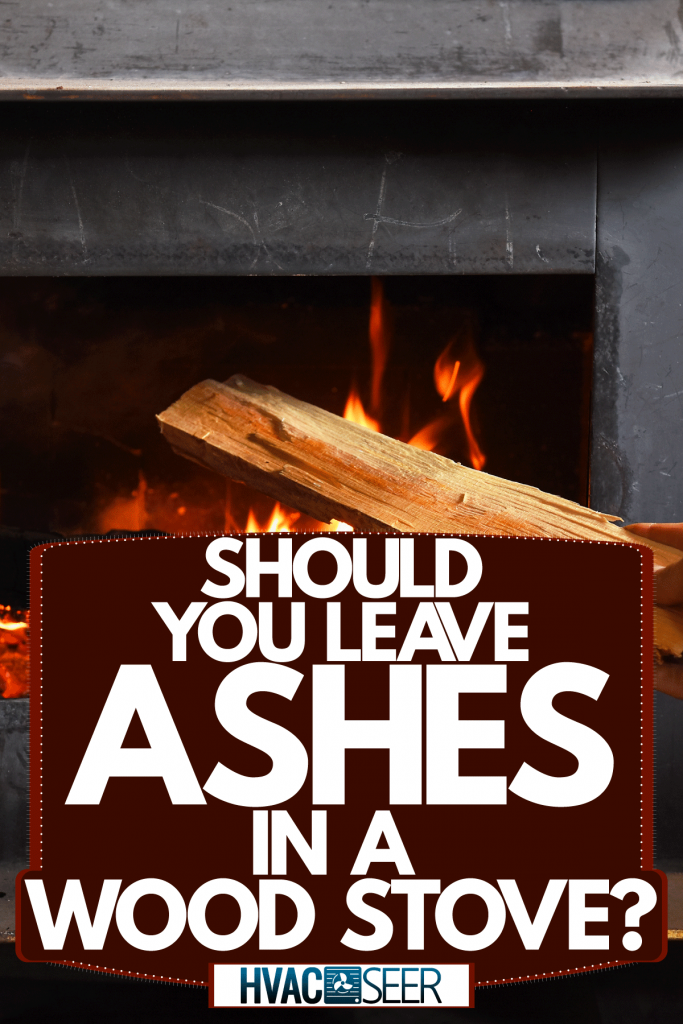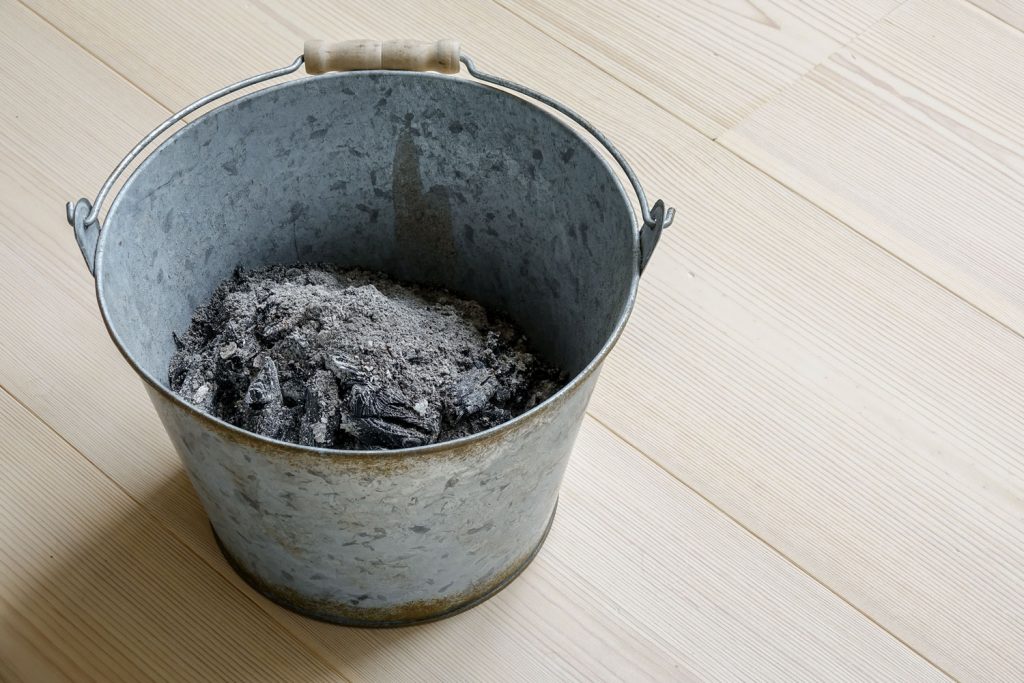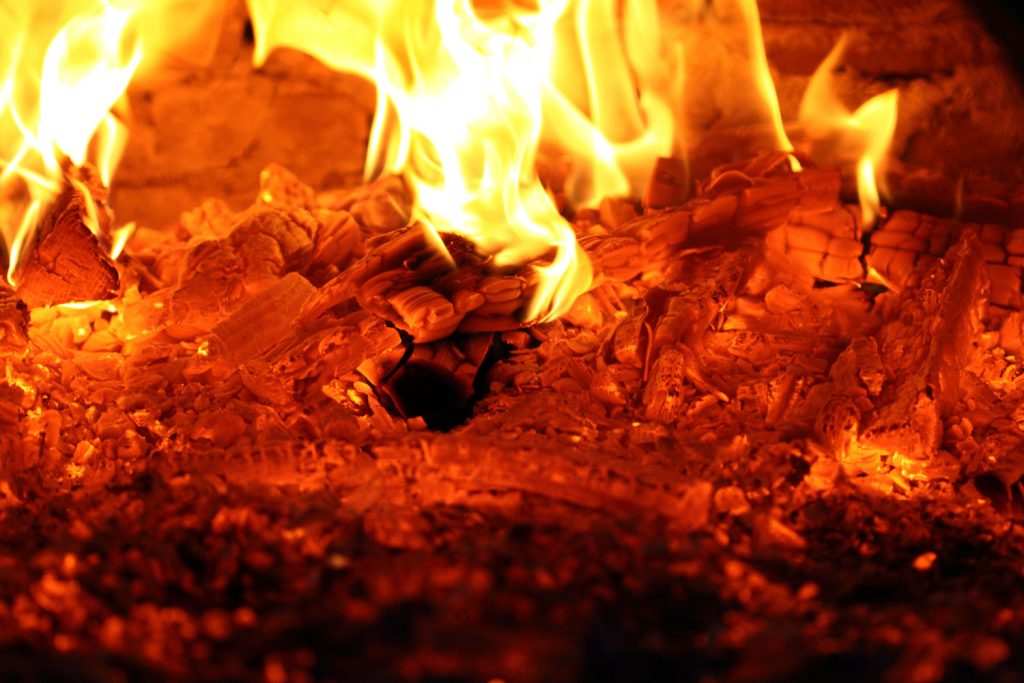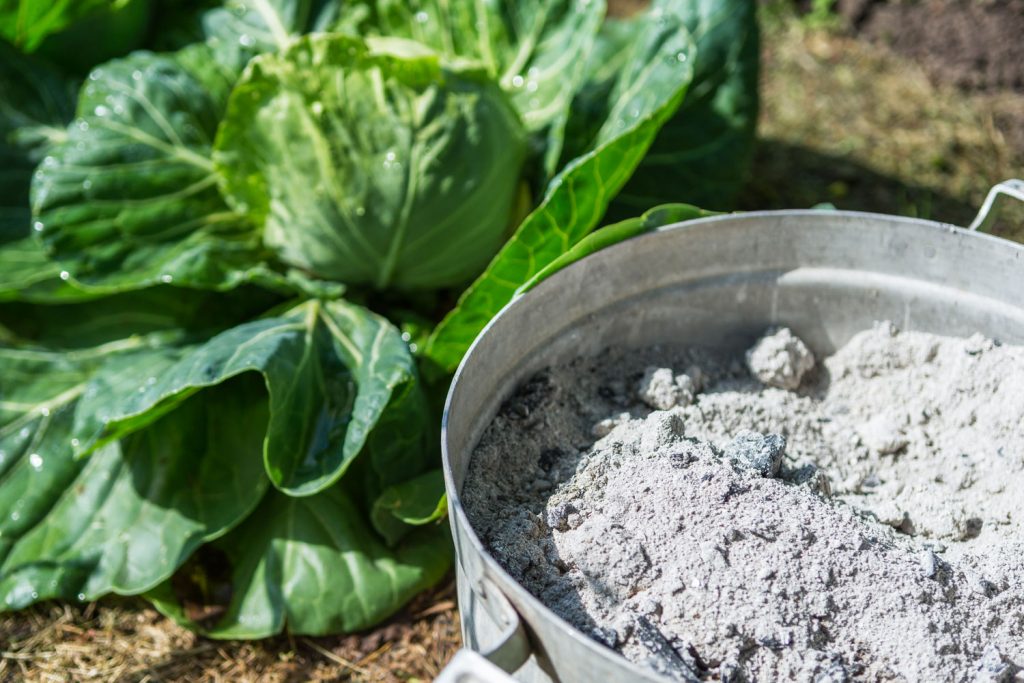So you've got your first woodstove! It keeps you warm in the winters, and you couldn't be any more satisfied. But, you find that you don't know what to do with the ashes on the woodstove. Is it safe to keep inside, and does it have any benefits? If that is what you are wondering, let's find out!
Ash is a beneficial residue left after burning wood. How much ash you leave behind in the wood stove depends on the recommendation of the manufacturer. In general, there should be around 3/4ths of an inch or an inch of ash present at the base. Although it might look dirty, ash has a crucial role in burning. So, if you want better results, consult your manual and do not overclean the stove.
Now that we know how much ash needs to be in the stove, there is still plenty more to cover. You may be wondering why ash has a crucial role in a woodstove. Additionally, there are also rules you have to abide by when discarding ash. So, if you would like to know this and more, keep reading ahead.

Importance Of Ash
As we mentioned, ash has a critical role in allowing the wood to burn efficiently. You will need a layer of ash to improve heat output. Additionally, it helps in secondary burn and air wash systems.
Ash is a result of the combustion of wood. While it may be an ugly sight to see and can cause some disastrous effects when left on the stove, manufacturers typically recommend you leave it in. They recommend this because ash aids in insulating heat and distributing heat onto other wood pieces.

Ash Is Efficient
Even if the fire has gone out, ash traps hot coal for hours. This situation makes re-lighting a fire easy. To bring it all together, having ash present inside the stove is essential to getting efficient fires. If you leave little to no ash behind, you are more likely to damage the base. On the other hand, too much ash can hinder airflow inside.
Additionally, if you leave too much ash behind, you won't have room for more logs. So, ideally, there should be around 3/4ths of an inch or an inch of ash at the base. Now, that begs the question, how often should you clean up the stove?
How Often Should You Remove Ashes From A Wood Stove?

There is no equal answer to this question. The amount of ash left in the stove after burning wood is dependent on the type of wood you use. Temperature is also another factor that plays into this. The higher the temperature you require, the more likely you will have to clean out the ash.
During the winter seasons, you must clean out excess ash from the woodstove. As it gets warmer, you will most likely not pay much attention to the heating in your home. It is easy to leave behind a layer of ash in the stove. After all, it is beneficial for lighting fires quickly and for efficiency reasons.
Ash Can Cause Damage
Unfortunately, ash does come with its downsides. Ash is an acidic residue. It is efficient in drawing out moisture too. If we combine these two pieces, it can wreak havoc on the inside of your wood stove. If you have too much ash that hits the bottom of your grate, it can cause premature burnouts.
Is It Safe To Leave Embers In A Wood-Burning Stove?

As you finish using the wood stove, you might have noticed the embers that continue to glow. You might also correctly assume that there should be some measures to take for it. Sometimes laziness can get the best of us. So, we presume it will die out itself.
In that case, you would assume incorrectly because hot embers can burn for several days. At worst, you can have an unwanted fire. If you want to leave it burning overnight, there are some ways to do it safely.
Leaving Embers Burning Overnight
To leave a wood-burning stove burning overnight, you have to take several safety precautions. You first have to ensure that there is adequate maintenance on your chimney. The chimney must be swept at least once a year. Additionally, make sure there are not any flammable objects near the stove.
Then, choose the wood that will last longer. Let it burn for 4-5 hours before dampening the flames. You can accomplish this by using the ash left on the ashtray. For more safety, decant the ash into a heat-proof container. This way, you will not spill ash outside of the stove.
Once the flames have dampened, close the air vents. This step will give the fire less to burn. In essence, this step allows the fuel to burn longer. If the embers are glowing orange, you are safe to retire for the night. Once you wake up, you will need to encourage the flames with kindling wood.
Risks Associated With Leaving Embers Burning
As mentioned before, burning embers can cause an unwanted fire. The risk associated with it is dependant on the type of wood you are burning and the protection your stove offers. As some users suggest, there is a lower risk of unwanted fires if your stove has a solid screen or tempered glass. It goes lower if it lets you control airflow.
How To Put Out A Fire
Regardless, it is a safety requirement to put out the fire after you have no use for it. To accomplish this, you can:
- Close the air vents to suffocate the flames.
- Once it is reduced to embers, equip a heat-resistant glove.
- Before opening the stove door, make sure the chimney damper is fully open. This way, smoke will not billow out.
- Open the door, spread the embers and coals or pieces of firewood.
- Spray a light amount of water over the embers to put the fire out completely. You can also use baking soda instead.
- Close the door and wait until the stove cools.
- Once it is comfortable enough, remove the excess ash.
Where Do You Dispose Of Wood Stove Ashes?
That leaves us with how we should dispose of ash. After all, it is not a friendly residue. There are additional steps to consider before you throw it with the rest of the garbage. As some have mentioned, improper disposal of ash is one of the common causes of forest fires. So, you must take these matters seriously.
The first step for disposal is making sure you let it cool down completely. Wait 24 hours before you remove ash from the stove. Even if you think it is safe to handle it carelessly, you should always treat ash like it is still hot. Remove it from the stove with a shovel and place it into a metal container. If you are going to leave it in the house, put the ash in a well-ventilated area.
You can't be too sure if the combustion process is over. If it is still ongoing, it can emit carbon dioxide. As you may already know, it is a gas that can pose a deadly threat to your home. After two to three days, the ash should cool completely.
You can dispose of it with your other garbage. But, to be on the safe side, make sure not to mix it with combustible items. This way, you prevent accidental damage to your home or your community.
What Can I Use Wood Ash For?

Assuming you took all the appropriate steps to cool ash, there are some great uses for the residue! It is a good source of potassium, calcium, and magnesium. As you can guess, you can use ash in your garden! Not only does it provide nutrients to your plants, but it also increases the pH of the soil.
Of course, how useful it is in the garden is dependant on the soil in your area. For soil that has a pH of 7.0, you should not use ash. If it falls below a pH of 6.5, ash can be beneficial. There are still a lot more factors that you have to consider.
Compost
If you do not want to use it directly on the soil, you can also sprinkle it on compost. It helps deter wildlife from digging into it. This way, it gives earthworms more room to do their job.
Aquatic Plants
You can also use ash in your pond. If you have rooted plants, it can gain more potassium from the ash. In turn, this helps by helping the plants compete with algae in the nutrient battle.
Final Takeaway
Taking the proper precautions is the first step to ensure you and your community are safe. While ash may seem like a hindrance, it does have its place in a wood-burning stove. Still, you must learn what to do with it once it is no longer needed.
Before you go, do you have other concerns about wood? If you are looking for slow-burning wood, check out our post here. Additionally, if you wonder if firewood can be too old to burn, check out our post here. Until next time!
